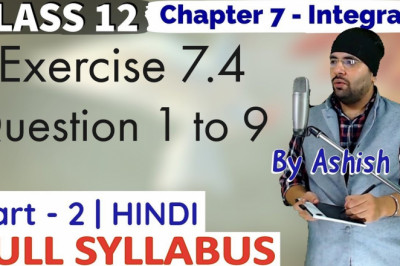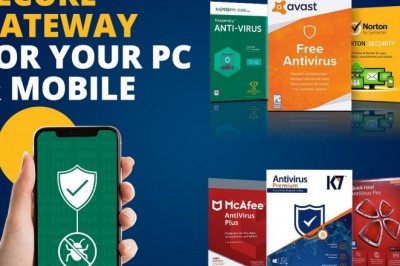views

A decentralized autonomous organization or DAO (Decentralized Autonomous Organization) is, as its name suggests, an organization that is both autonomous and decentralized.
Story
Bitcoin was considered by many to be the first DAO although the term was not coined until years later.
In a couple of articles ( Overpaying For Security and Bitcoin and the Three Laws of Robotics ) published in September 2013, Daniel and Stan Larimer, well-known figures in the blockchain ecosystem, described a Distributed Autonomous Corporation or DAC (Decentralized Autonomous Corporation) as:
These rules are implemented as auditable public open-source code and distributed on shareholders’ computers. You become a shareholder by buying “shares” in the company or being paid with those shares for providing services to the company. These actions give you the right to a part of the profits, share in its growth, and/or say how it works “
Later Vitalik Buterin, relying on the idea of smart contracts (or smart contracts), stated that DAOs could be programmed to work without human interactivity, provided that smart contracts were supported by a complete Turing language.
Following the rules
As indicated above, DAOs are organizations that run autonomously and decentrally, without requiring a central authority to manage them. DAOs can grow and generate profits without the need for centralization. In the case of blockchain, DAOs are computer programs that follow a series of rules programmed or agreed upon by consensus. One of the great advantages of a DAO compared to a traditional organization or company is that the DAO will follow this series of rules as they were programmed and in a transparent way, without the possibility of modification if it is not by consensus through a voting system.
Mike Hearn, a longtime contributor to the Bitcoin protocol, laid out the following example to describe a DAO. Imagine a driverless taxi looking for passengers. Charge those passengers for the trip, and immediately and autonomously, use those benefits obtained to go to the charging station or to a workshop to solve any breakdown. The car does not need outside help to know what to do, it just follows a series of programmed rules.
Governance: DAO vs Traditional Organization
Governance refers to the actions, rules, and established norms that determine how various entities interact with each other. Traditionally, governance is top-down in nature, leading to situations such as the principal-agent dilemma (or principal-agent problem). This dilemma refers to situations in which one entity or person (the agent) can make decisions that affect another entity or person (the principal). This problem exists in circumstances where agents are motivated to act for their own benefit, which are contrary to those of their principals. Common examples of this relationship include corporate management (agent) and shareholders (principal), politicians (agent) and voters (principal), or brokers (agent) and markets (buyers and sellers, principal).
Blockchain offers unprecedented solutions for this type of problem. Supervisory tasks traditionally performed by principals to control their agents can now be delegated to decentralized computer networks that are highly reliable, secure, immutable, and independent of human faults and discretionary human goodwill. Blockchain technology provides an alternative governance mechanism that eliminates intervention costs and bureaucracy, by creating trust in the contractual relationship between principal and agent.
DAOs and the immutability of contracts
One of the problems with DAOs on the blockchain is that they are programmed to serve a specific purpose, and this is difficult to change afterward. While this is a choice by design so that one person alone cannot change the rules, it has downsides. Upgrades to create smart contracts are not easy and the solution may come too late. This was the case with The DAO, the first DAO developed in Ethereum, which was hacked after finding an error, and that led to a hard fork in Ethereum, originating Ethereum Classic. You can read more about it here.
DAOs are an interesting concept and they will undoubtedly play an important role in the future. Will there be a DAO 2.0? Undoubtedly.
I hope you found it interesting and until the next article!












